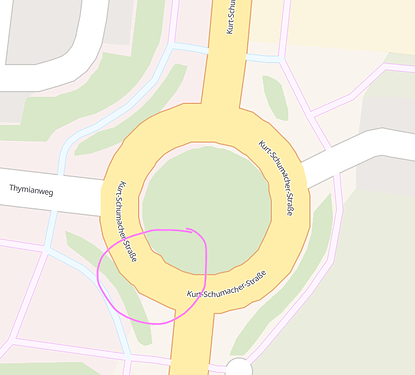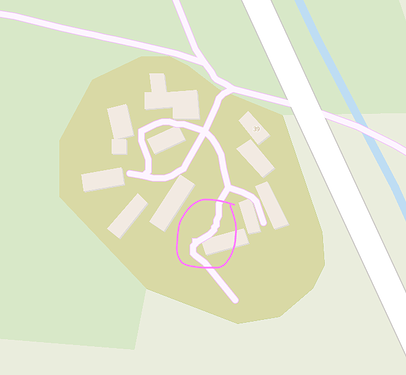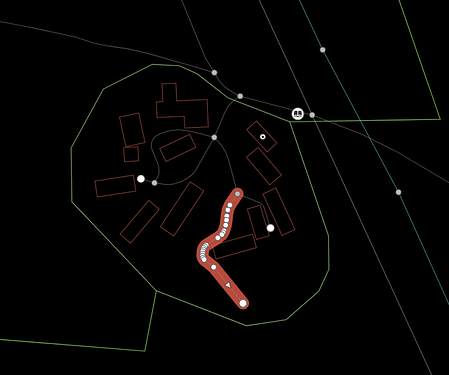Another find:
A (curved) way with many nodes close to each other produces rendering artifacts:
https://pnorman.github.io/tilekiln-shortbread-demo/#19/49.5879206/11.0348144
https://pnorman.github.io/tilekiln-shortbread-demo/#19/49.5837502/11.0252494



